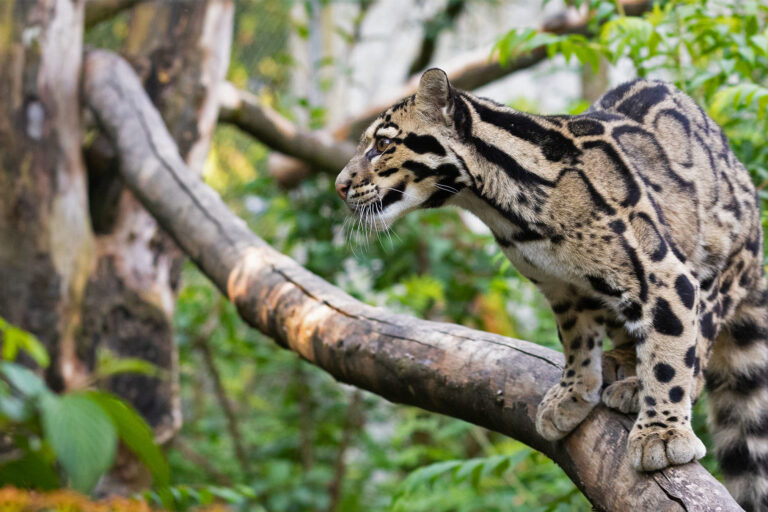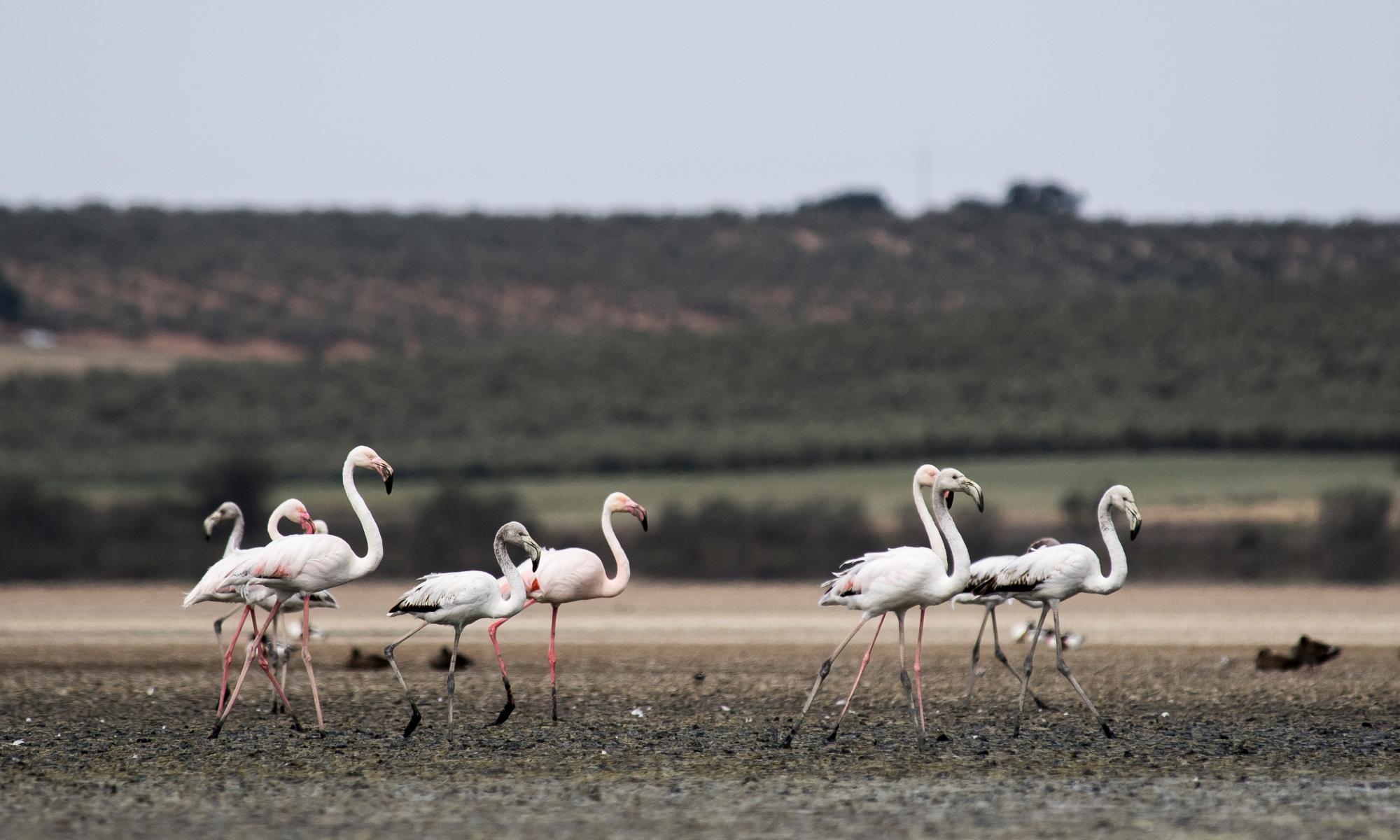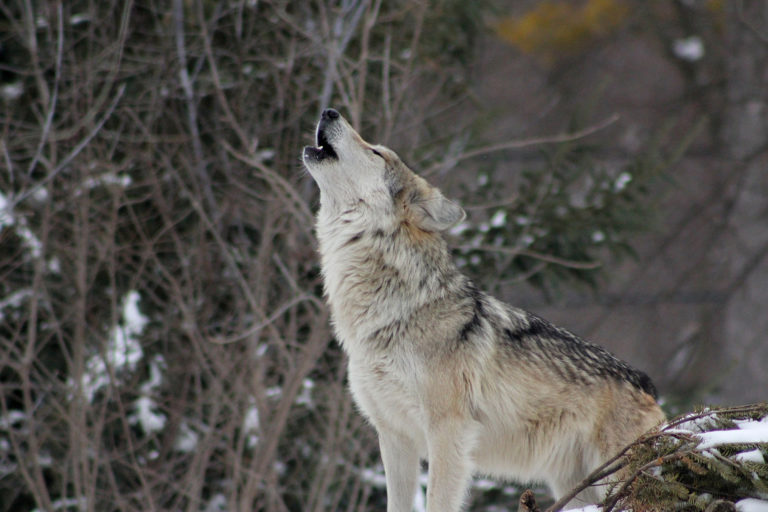Researchers are combing through thousands of whale photos to help protect a calving site off Western Australia’s coast that was severely impacted by the whaling industry.
The researchers believe that Geographe Bay off south-west WA is an important calving ground in need of environmental protection, and are using a 30-year archive of images to determine how many southern right whales have visited the area over time.

Southern right whales migrate from Antarctica each year to breed and calve in Australian coastal waters.
They “come right up to the coast and they will calve within 500 metres or 1km of the coast”, said Chandra Salgado Kent, an associate Prof at Edith Cowan University and the project’s lead researcher. She said mothers may have calves every three years on average.
Southern right whale numbers were decimated in the 19th century by commercial whaling. The practice was banned in the 1970s, and since then, Australian populations have risen to an estimated 3,400 individuals, but the species is still listed as endangered.
“Nobody really knows exactly how many there were [prior to commercial whaling], but … the estimates are that there would have been in the many thousands or tens of thousands of animals,” Salgado Kent said.
“It’s thought that they live at least to around 50 years, or perhaps longer.”
The photo archive of 3,000 images includes photos taken by scientists and volunteers. Many of the images were contributed by Chris Burton from Western Whale Research, as well as local whale watching businesses such as Naturaliste Charters.
Researchers can identify individual southern right whales because of distinctive white markings on their heads, known as callosities. “In general, these features are quite stable over the long term,” Salgado Kent said.
Salgado Kent said it was likely Geographe Bay and Flinders Bay – about 100km further south – were historically important calving sites.

“Are they expanding their breeding area and reinhabiting their old historic breeding areas and calving grounds? It seems the data is pointing to that,” she said. “Certainly Geographe Bay is consistently used now by mothers and calves, and increasingly so.”
To date the study’s preliminary results has identified 234 individuals in the south-west region of Australia, including in Geographe and Flinders bays.
“It will inform the commonwealth conservation management and recovery plan for endangered southern right whales, which is currently being reviewed and updated,” Salgado Kent said.

“That recovery plan basically sets out targets for seeing southern right whales recover into the future. Some of the targets include, for instance, being able to know exactly where these important areas are and being able to undertake the right management actions.”
The team also plans to research how breeding and calving grounds along the WA coast are connected, by matching photos of individual whales across different locations.


